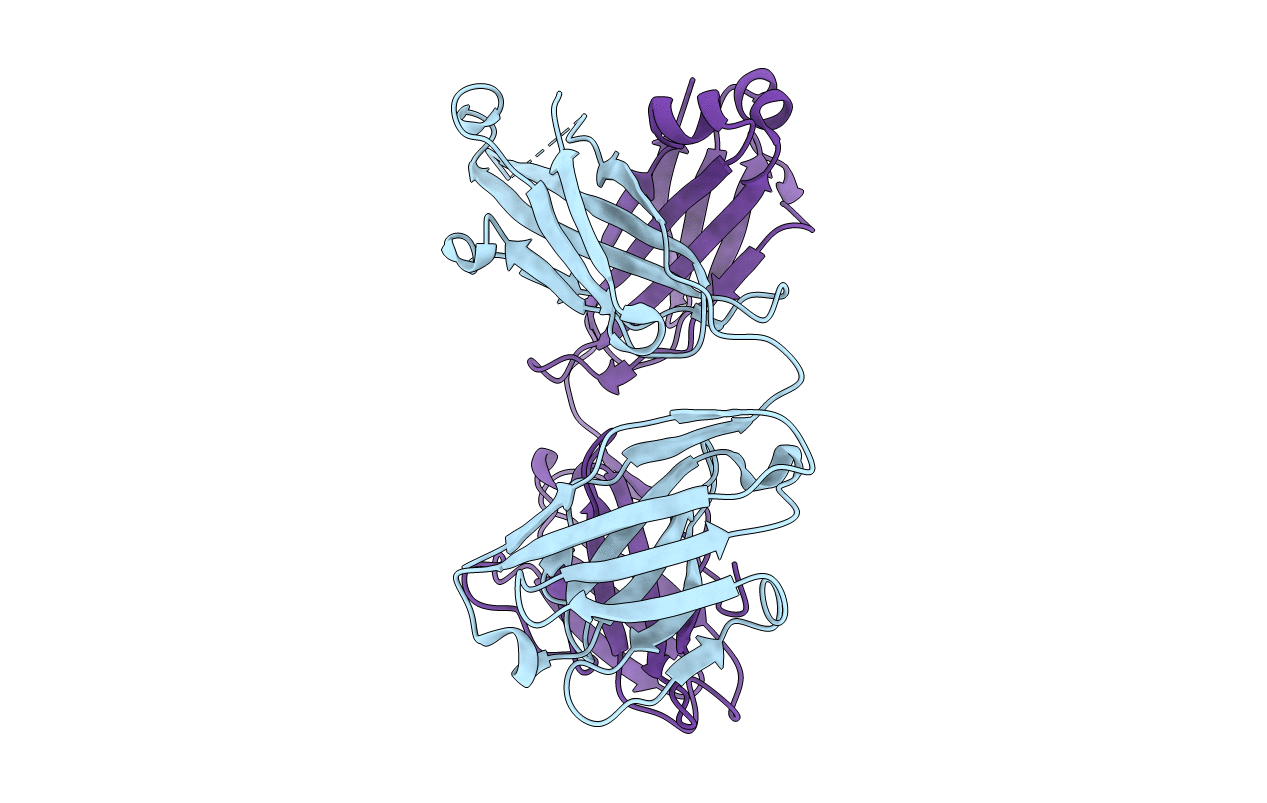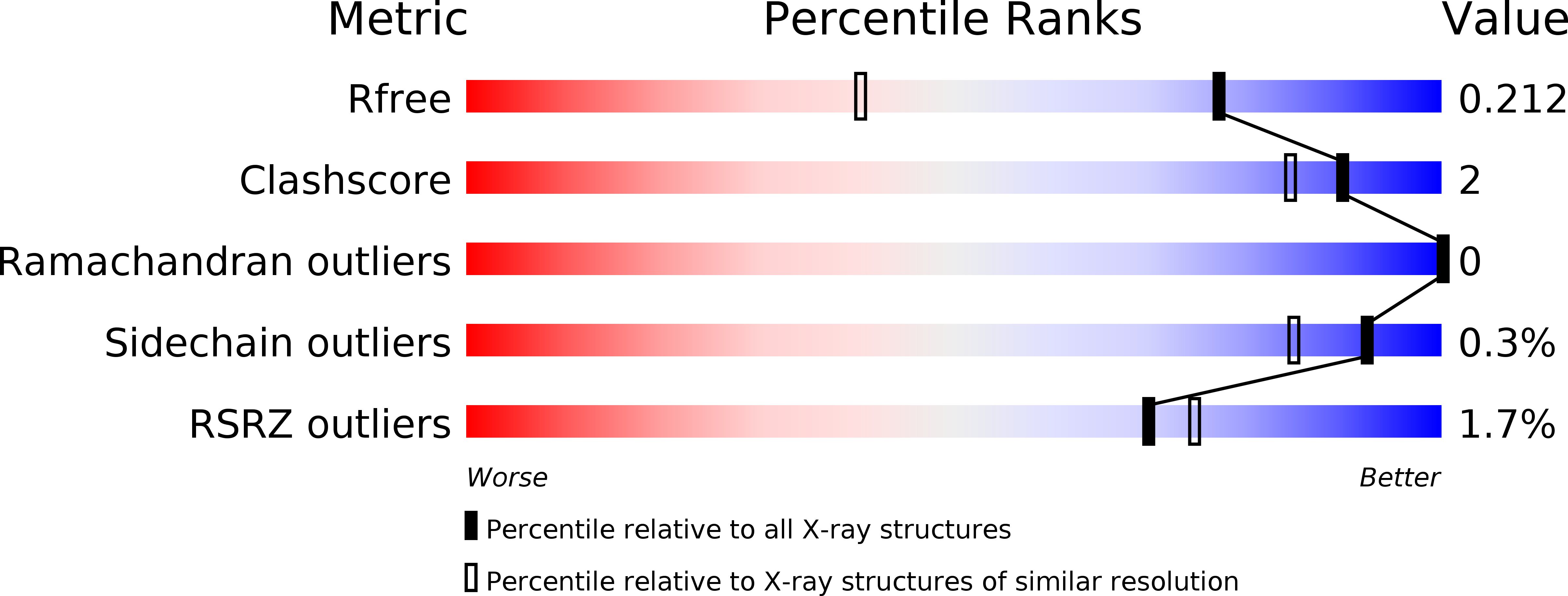
Deposition Date
2017-02-10
Release Date
2017-05-31
Last Version Date
2024-11-06
Entry Detail
PDB ID:
5N4J
Keywords:
Title:
human Fab fragment 10C3 against NHBA from Neisseria meningitidis
Biological Source:
Source Organism:
Homo sapiens (Taxon ID: 9606)
Host Organism:
Method Details:
Experimental Method:
Resolution:
1.50 Å
R-Value Free:
0.21
R-Value Work:
0.17
R-Value Observed:
0.18
Space Group:
P 21 21 21


